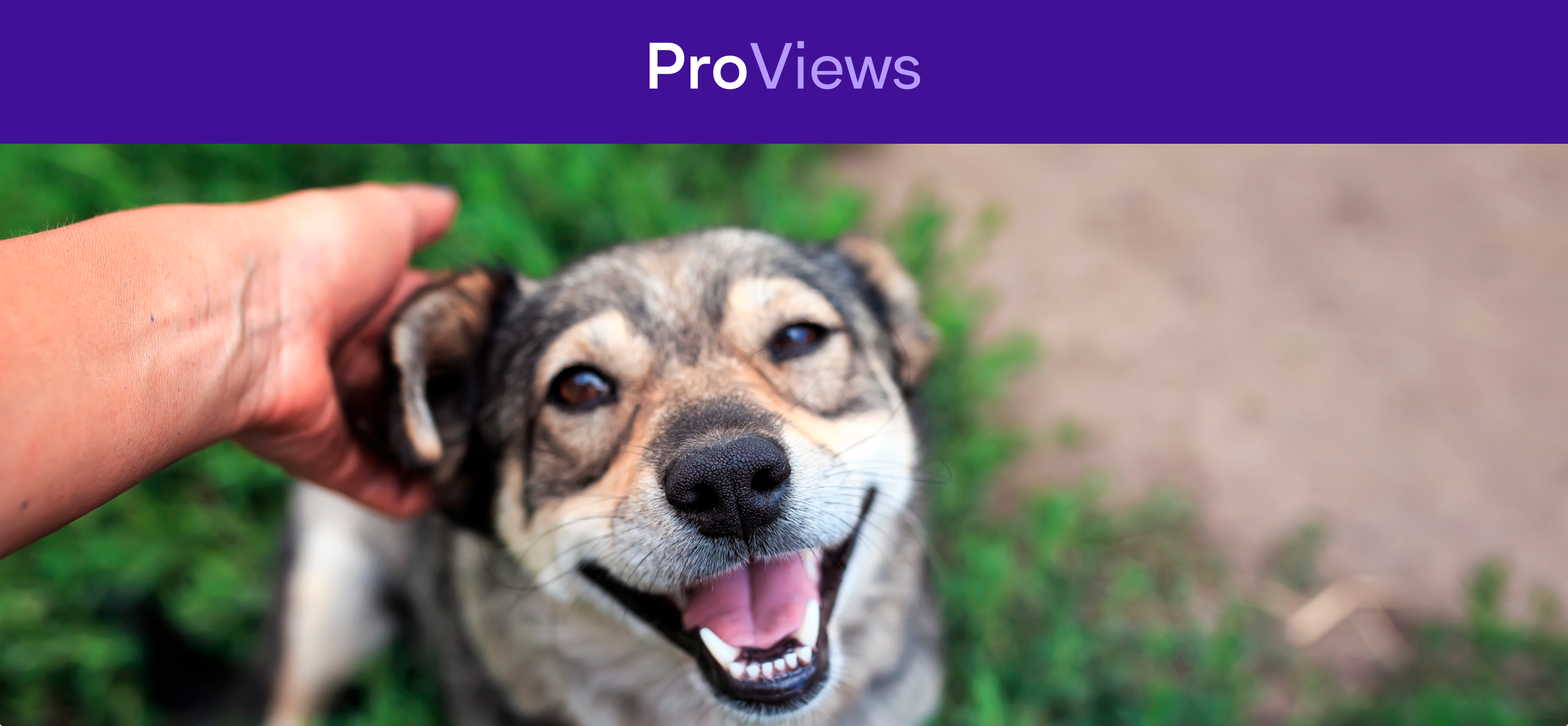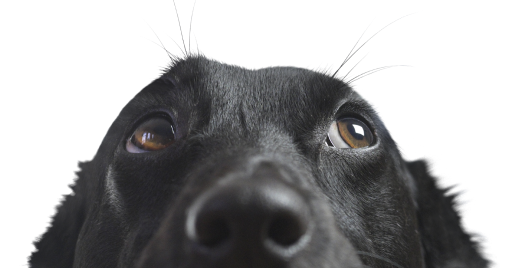What risks and opportunities does a technology-driven future present for the veterinary profession?
As we have progressed from an Agrarian Age (18th century) to the Industrial Age (19th century) to the Information Age (20th century) into what is being called the Experience Age (present), we have seen a depersonalization of much that surrounds us. Chat, texts, chatbots, email, apps, and other tools have all but replaced the telephone and traditional face-to-face communication.
In a healthcare profession like veterinary medicine, technology has been a great asset from a diagnostic and treatment standpoint; has been a great resource from a data management standpoint; and has provided adjuncts to transfer of information from the experience standpoint.
As the practice of veterinary medicine and the business of veterinary medicine have become more and more dependent upon high tech, we cannot lose the significant role that high touch plays in the client and patient experience.
The growth of technology in the clinical realm – from MRI, CT, and digital radiology to wearables that can track patient health – will continue to contribute to our skills as diagnosticians and influence our treatment plans. This high tech allows us to be more highly in touch with our patients’ conditions.
On the other hand, the last few years has seen an explosion of applications, resources, and programs to help us more closely “connect” with clients on the service side of the ledger.
The rise of applications, automations, and virtual care
Integrating practice information management software with the cloud allows access 24/7/365 to monitor cases and be in touch with clients with the most up-to-date laboratory and imaging results and status of hospitalized patients. Applications have also given our clients access to their pet’s medical records for traveling or in the case of an emergency.
Online applications and websites allow clients to make appointments, fill and refill prescriptions, order food for home delivery, choose how they want to be communicated with (email, text, snail mail, carrier pigeon). Similarly, practices can keep their clients informed about their pets with texts or emails that can educate, inform, remind, and encourage better, more thorough, and more personalized care. And all of this can be automated with just a few keystrokes.
One of the more rapidly growing technologies is that of telehealth. This is truly using technology to communicate with clients and their pets. It makes distance a thing of the past and removes some barriers to communication by bringing (in some cases) the hospital and the pet virtually face-to-face.
As we continue to see virtual care grow and its utilization expand, new worlds open up for patient care and client experience. But will this high tech (and virtual, not physically existing) tool widen the gap between doctors and their desire to be high touch, or will it provide more and new opportunities?
How tech made life easy in challenging times
Because of the infectious nature of Covid, practices integrated more and more technology into the client experience. With millennials making up more than 50% of pet owners, this change was not only needed but expected by this generation. Much of the technology made life easier – online appointments, refilling prescriptions, online bill pay, client and patient information collection, and history collection – all of which saved time and had a positive effect on the client experience. These new tools were a great example of high tech closing the high-touch gap by streamlining otherwise inefficient processes.
Research demonstrates that increasing client customization and convenience and (especially) control increases client visits and client satisfaction. And in many cases, technology comes with a cost savings. We have seen that the limitations of technology encourage people to seek face-to-face service when automated services don’t provide the answer. Service can be emotional. Technology cannot. And when you think about it, people still prefer people to help them solve problems – especially healthcare problems – for themselves and their pets.
What it takes to be both high tech and high touch
With machine learning, artificial intelligence, and virtual reality becoming an actual reality, the future of technology is limitless; and the Experience Age already looks a lot different than the Knowledge Age. In veterinary medicine, we must be using all the technologies available to us to create the client experience that our clients want and to help automate tasks that will free up our team to provide better care when being in person is the only option.
What does it take to be both high tech and high touch? It takes:
- Caring about the client and patient first
- Communication about your plans to add technological options
- Understanding the needs and desires of different generations
- Clarity about where high tech works and where it doesn’t – with both your team and your clients
- Relationships that can’t be impacted by too much technology
- Trust that still comes from a talk and a touch
To most clients, how much you care about them will influence how comfortable they are with your plans to be high tech.
Stay plugged in to clients’ feelings
Recently, automaker KIA released a commercial for its EV6, featuring a “robo dog.” Watching the commercial, you feel empathy for the dog as it pines for its owner and then does everything it can to track its owner, only to see its battery die en route. Of course, the commercial has a happy ending: its owner (a veterinarian?) plugs in both his electric car and the robo dog, bringing them both back to life.
As a veterinarian, I want to hug the robo dog and its owner. And as we progress in our practice lives, we need to keep in mind that empathy and compassion relate to feelings. No matter how much we want to integrate and use technology, remember: you can hug a pet and pet parent, but you can’t get the same oxytocin release by hugging a microchip.


